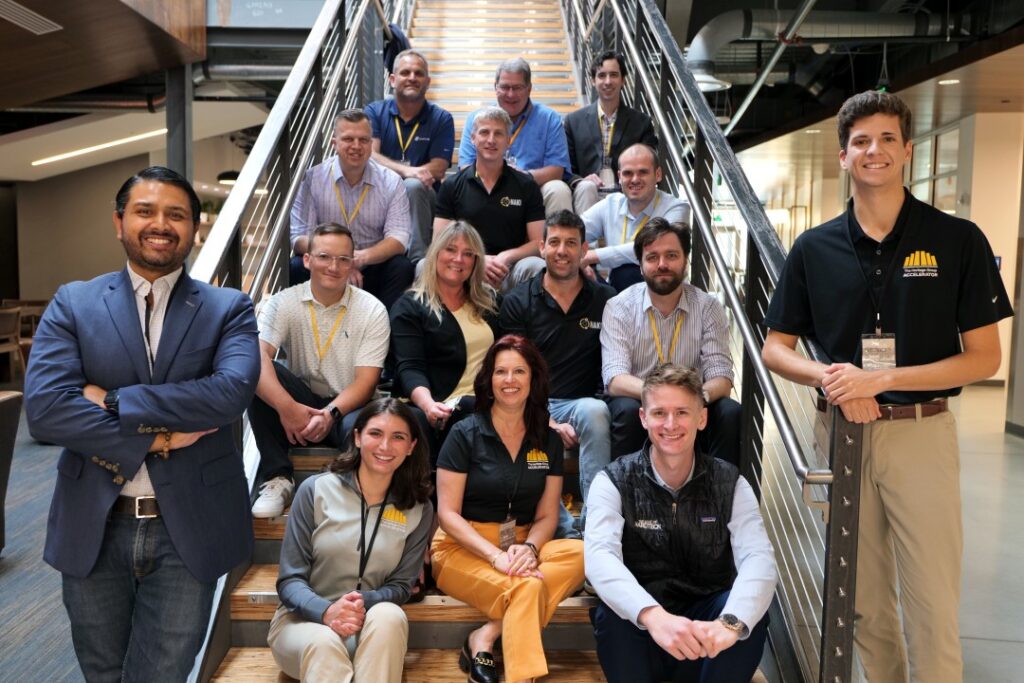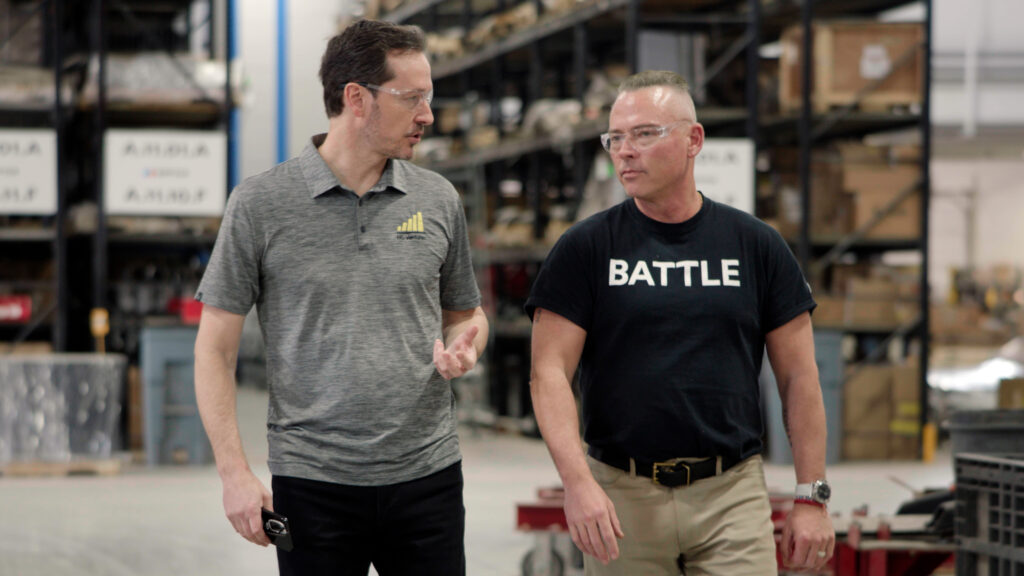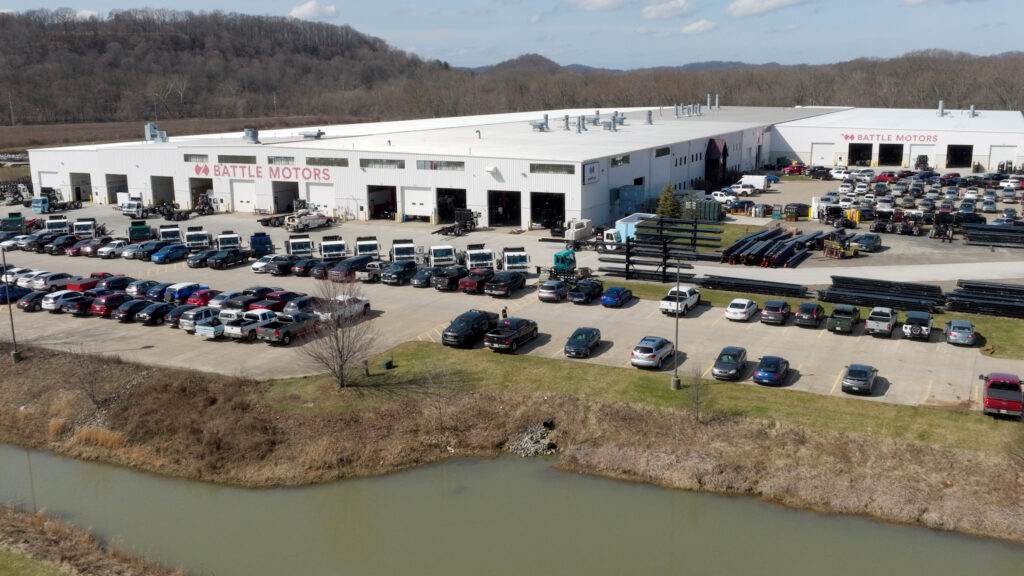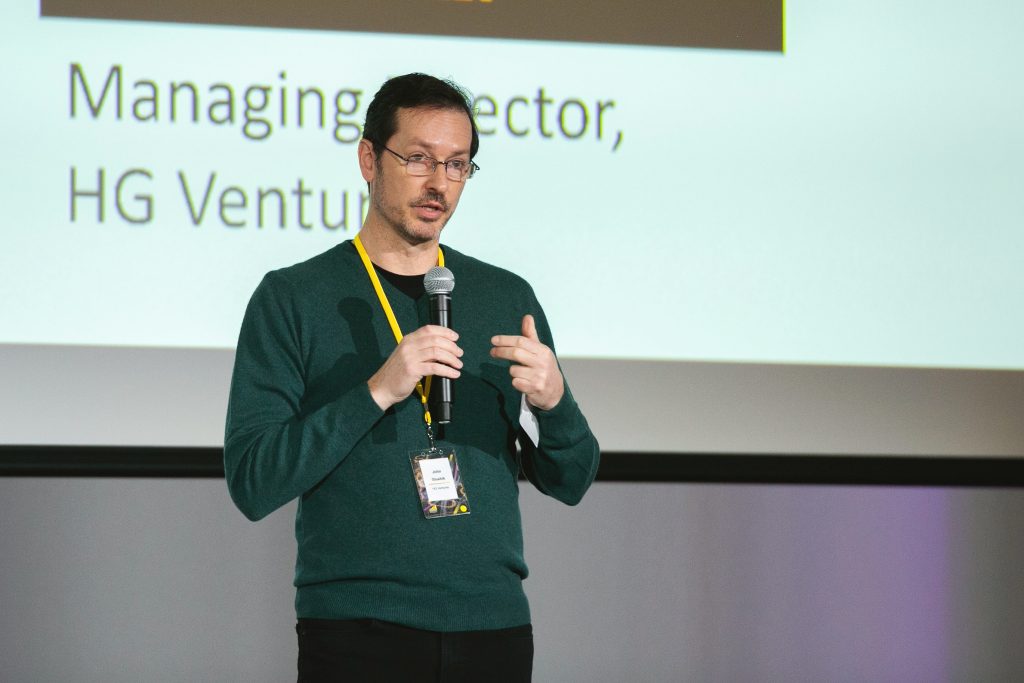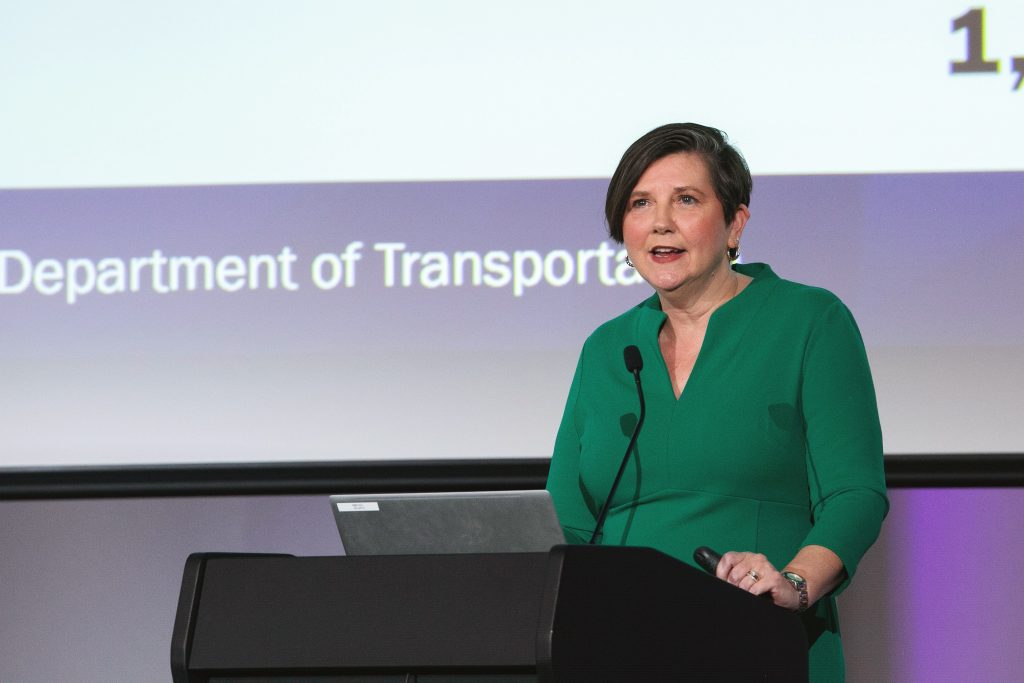
Bringing Vision and Experience to New Entrepreneur-in-Residence Role
HG Ventures, the investment arm of The Heritage Group that partners with early stage to growth stage companies, recently appointed Mitch Black as the first-ever Entrepreneur-in-Residence (EIR). This new role highlights a fresh approach to venture investment, startup support and incubation within the company and represents a unique opportunity for both HG Ventures and The Heritage Group.
Traditionally, EIRs in venture capital are temporary leaders who step in to help startups grow or solve specific problems, often acting as interim CEOs or experts. Recently, though, the EIR role has changed. Instead of short-term help, EIRs are now seen as permanent team members, bringing ongoing value by advising, mentoring and supporting companies over the long term, helping them face different stages and challenges.
For The Heritage Group, this transformation in the EIR role aligns well with their New Ventures strategy, which centers around HG Ventures and their portfolio of investments. Founded in 2018, HG Ventures has made significant strides in supporting startups through investment and collaboration, focusing on innovation within and beyond The Heritage Group’s core markets. Over the past six years, the venture arm has invested in 35 companies, helping them develop transformative technologies.
As HG Ventures matures, their portfolio companies are evolving, each entering different stages of growth. This has led to a need for more structured and consistent mentorship, particularly for early-stage founders navigating complex growth phases. Mitch’s role as EIR will support this by providing hands-on guidance and commercial insights that complement The Heritage Group’s technical resources. His appointment represents an opportunity to deepen the support offered to portfolio companies beyond financial investment—by mentoring and advising on challenges that new and seasoned founders alike face.
For Mitch, this appointment marks a culmination of a career that has spanned a mix of entrepreneurial and executive experience that fits well with what The Heritage Group needs. He’s led several companies funded by venture capital and private equity, so he knows what it takes to grow a business from startup to successful company. While his background is in tech and software—different from The Heritage Group’s focus on hardtech—he sees this as a positive. His experience as a founder and leader gives him fresh ideas and practical advice, traits essential to the role he now holds. “I have found a lot more satisfaction in helping others through mentorship work over the years, and I decided this was the trajectory I wanted to take my career,” noted Mitch.
Mitch’s role as EIR represents an opportunity to elevate The Heritage Group’s venture ecosystem, as he supports HG Ventures and potential internal startup projects. His mission is to create value across the board, from mentoring young startups to advising growth-stage companies. This involves a broad range of activities—from helping companies refine their market strategies to advising on operational efficiency, financial planning, and positioning for exits. For him, success isn’t one-size-fits-all; it looks different for each founder and company. He aims to help businesses identify and pursue their unique paths to growth, ensuring that each leader he works with receives personalized, actionable guidance.
Ultimately, Mitch will serve as a bridge, connecting The Heritage Group’s technical expertise with the commercial insight and strategic direction needed for long-term success. “I have a lot of commercial experience, having been through the various stages in a business trajectory. I aim to be helpful to young entrepreneurs, challenging them to look at and think differently, so they refine their go to market strategy,” said Mitch.
This appointment is an exciting next step for The Heritage Group’s New Ventures division. It shows our commitment not just to funding innovation but to actively nurturing and scaling it through hands-on mentorship and strategic guidance. For Mitch, this role is a natural evolution, allowing him to leverage his years of experience to empower a new generation of entrepreneurs.
In the coming years, Mitch’s impact on The Heritage Group and its portfolio companies could set a new standard for how corporate venture arms support early- and growth-stage companies. His appointment underscores a growing trend in the venture world: that sustainable success requires more than capital. By bringing in leaders like Mitch, The Heritage Group is positioning itself as a valuable partner for startups, capable of offering both the financial resources and the mentorship required to help companies achieve their potential. For entrepreneurs within The Heritage Group ecosystem, this new EIR role may provide a crucial edge, offering them the tools and insights they need to thrive in an increasingly competitive market.
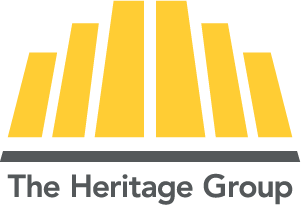
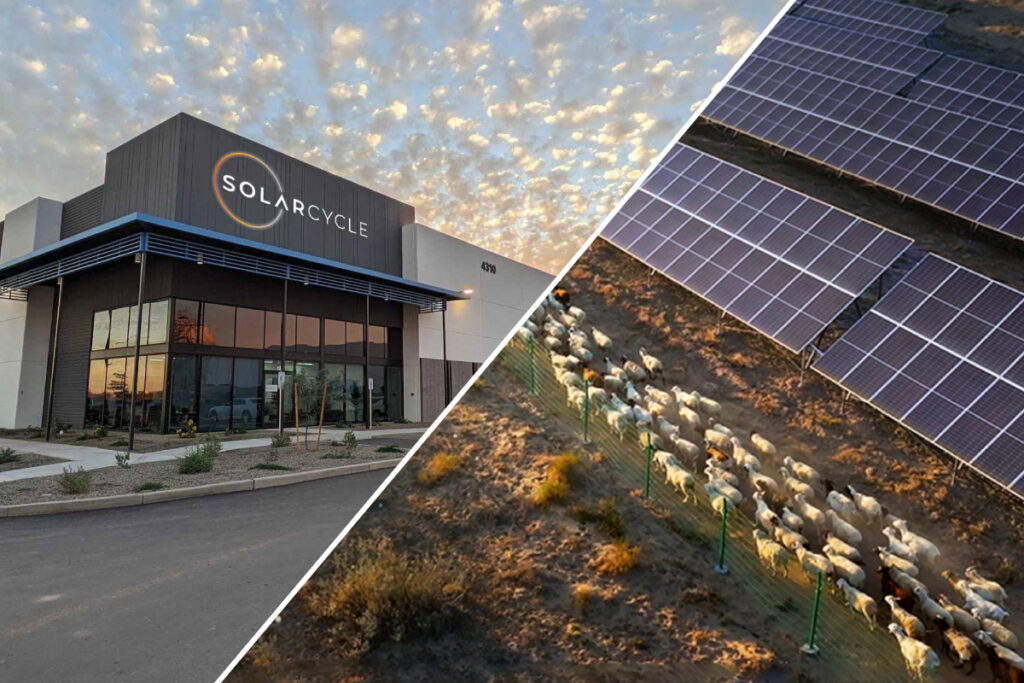
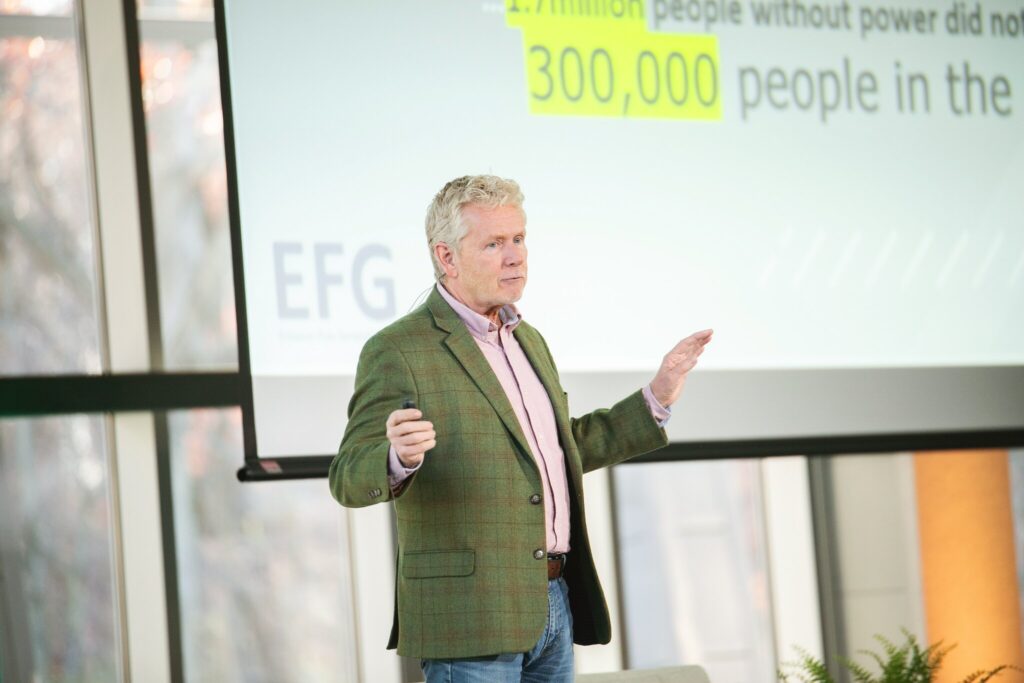
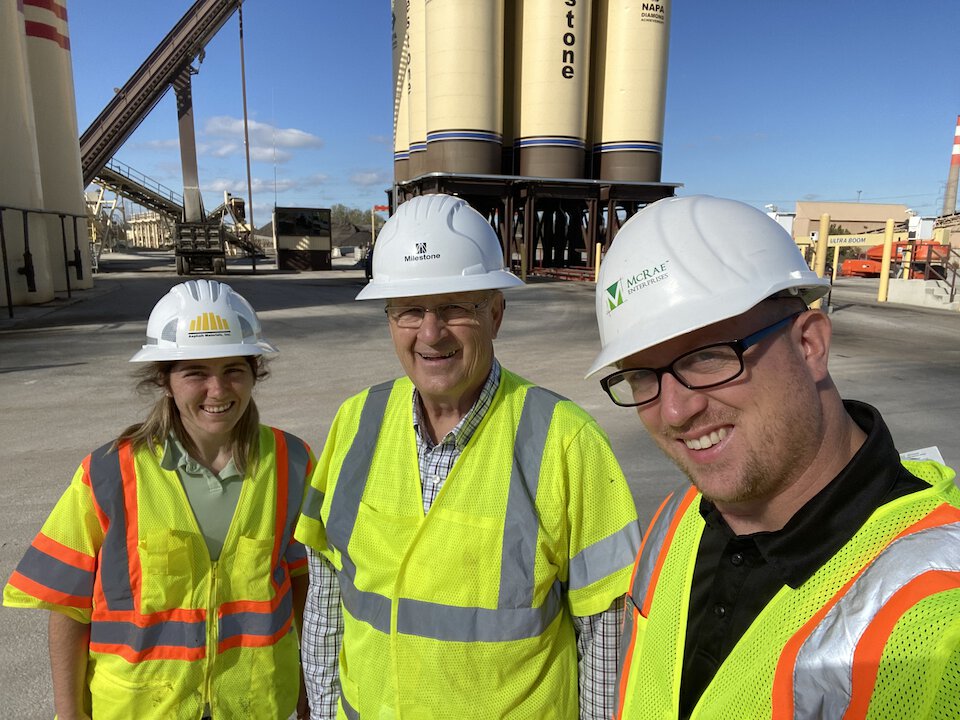 “The Accelerator pushed the limits of what I thought was possible,” said Nick McRae, Chief Executive Officer of BroadLoop and another program alumni. “It’s changed the way that I operate the business, the way I think about growing more quickly and what’s possible for our company.”
“The Accelerator pushed the limits of what I thought was possible,” said Nick McRae, Chief Executive Officer of BroadLoop and another program alumni. “It’s changed the way that I operate the business, the way I think about growing more quickly and what’s possible for our company.”